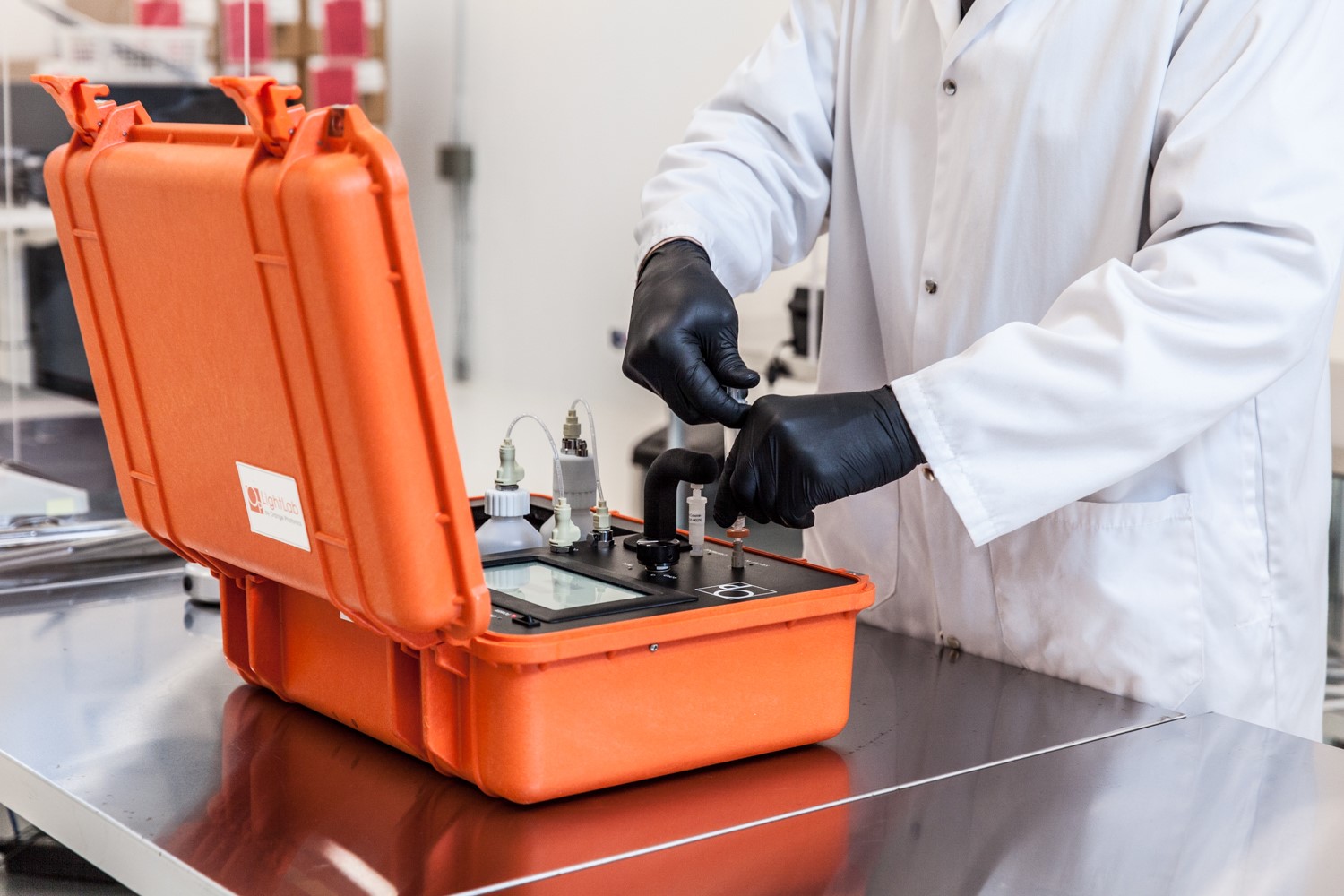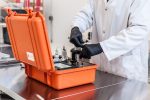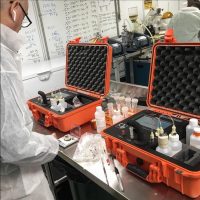While cannabis patenting activity is still in its infancy, relatively speaking, a lot has been written already about the cannabis patenting activity of an entity called Biotech Institute LLC (BI) of Westlake Village, California.1 BI is building a sizable portfolio of utility and plant patents covering various aspects of the cannabis plant. According to some commentators, BI’s patents have “many in the cannabis industry concerned.”2
But how concerned should members of the cannabis industry really be about BI’s patents? Generally, patents are susceptible to numerous challenges in multiple fora. From 2012-2016, approximately 80% of challenged patents were invalidated by the Patent Trial and Appeal Board (PTAB) each year.3 The PTAB was created in 2011 by the Leahy-Smith America Invents Act, 35 U.S.C. § 6, to create a process for eliminating improvidently issued patents. And the statistics suggest that the process may be working as intended by Congress.
BI may be building its portfolio by taking advantage of some unique challenges in the cannabis patenting area. First, even though cannabis has been cultivated and consumed by humans for thousands of years, there is a relative lack of published prior art available to patentees and patent examiners examining patent applications.4 Second, patent examiners are not as familiar with cannabis patent applications as they may be with other types of patent applications.
 So, we examined carefully BI’s earliest and arguably broadest utility patent, U.S. Patent No. 9,095,554, and concluded that maybe the cannabis industry need not be so concerned about this and some of BI’s other utility patents. Although the ’554 patent is lengthy – 247 columns of text and over an inch thick when printed in hardcopy – there appears to be little if any novelty to the claimed invention. Alternatively, the patent appears to be obvious in light of the available prior art.
So, we examined carefully BI’s earliest and arguably broadest utility patent, U.S. Patent No. 9,095,554, and concluded that maybe the cannabis industry need not be so concerned about this and some of BI’s other utility patents. Although the ’554 patent is lengthy – 247 columns of text and over an inch thick when printed in hardcopy – there appears to be little if any novelty to the claimed invention. Alternatively, the patent appears to be obvious in light of the available prior art.
In a patent, the claims define the metes and bounds of the patentee’s intellectual property. Claim 1 of the ’554 patent recites:
- A hybrid cannabis plant, or an asexual clone of said hybrid cannabis plant, or a plant part, tissue, or cell thereof, which produces a female inflorescence, said inflorescence comprising:
- a BT/BD genotype;
- a terpene profile in which myrcene is not the dominant terpene;
- a terpene oil content greater than about 1.0% by weight; and
- a CBD content greater than 3%;
- wherein the terpene profile is defined as terpinolene, alpha phelladrene, beta ocimene, careen, limonene, gamma terpinene, alpha pinene, alpha terpinene, beta pinene, fenchol, camphene, alpha terpineol, alpha humulene, beta caryophyllene, linalool, cary oxide, and myrcene, and wherein the terpene oil content is determined by the additive content of the terpenes in the terpene profile; and wherein the terpene contents and CBD content are measured by gas chromatography-flame ionization detection (GC-FID) and calculated based on dry weight of the inflorescence; wherein a representative sample of seed producing said plants has been deposited under NCIMB Nos. 42246, 42247, 42248, 42249, 42250, and 42254.
While claim elements define the metes and bounds of the invention, typically only certain claim elements are intended to distinguish the claimed invention from the prior art. Other claim elements merely help to describe the invention. For example, the preamble in the ‘554 patent, or the part of the claim before subpart (a), describes the flowering part of the cannabis plant. This is not intended to describe anything novel about the claimed invention, but rather it simply describes the part of the cannabis plant that is relevant to the invention.

Before the priority date of the ’554 patent, it was known in the prior art that BT/BD genotypes produce nearly equal amounts of THC and CBD (both are dominant; one is not recessive).5 Thus, it is not unexpected to have a CBD content greater than 3% in a genotype that can produce large amounts of CBD (known references state as high as 21% in CBD-dominant strains and 3%-15% in BT/BD genotypes).6 Further, it was known in the prior art that terpenes generally constitute more than 1.0% percent by weight (usually between 2-4%) of the flower.7
As these databases continue to grow and studies of cannabis are publicly disclosed, cannabis patents like BI’s ’554 patent will become more and more susceptible to patent challenges and invalidation.Claim element (b), reciting a terpene profile in which myrcene is not the dominant terpene, appears to be one of – if not the only – claimed element of novelty of the BI invention. Terpenes are aromatic compounds produced in plants, and the cannabis plant has more than 100 different terpenes. Claim element (e) simply lists the most abundant terpenes in the cannabis plant. A majority of cannabis strains express high levels of myrcene; however, there are known prior art strains that express high levels of other terpenes, such as caryophyllene, limonene, pinene, etc. Additionally, it is well known in the art that terpenes have different therapeutic effects. For example, pinene and linalool are known to have antidepressant activity.8 Thus, a prior disclosure of a BT/BD genotype that has a terpene profile where myrcene is not the dominate terpene very likely invalidates this claim. And even assuming there is any novelty to a high-CBD strain where myrcene is not the dominant terpene, there is a motivation to breed for a dominant terpene besides myrcene.
Because cannabis has been and remains a Schedule I drug under the Controlled Substances Act, previously known and used strains generally have not been chemically characterized, studied, researched, and the subject of publications that can be used as prior art for purposes of challenging cannabis patents. But that is changing. For example, the Open Cannabis Project (OCP) attempted to characterize and publish chemical details of cannabis plants. Even though OCP closed as of May 31, 2019, is database is still publicly available. Another example is CANNA, a non-profit initiative of the CANNA Espana Fertilizantes SL company, which carries out studies and conducts research on cannabis and its active compounds.9 In one study,10 CANNA found that some strains have terpene profiles where myrcene is not the dominant terpene, which could be relevant to a novelty-based or obviousness challenge to claim 1 of the ‘554 patent. As these databases continue to grow and studies of cannabis are publicly disclosed, cannabis patents like BI’s ’554 patent will become more and more susceptible to patent challenges and invalidation.
References
- See, e.g.,Amanda Chicago Lewis, The Great Pot Monopoly Mystery, GQ (August 23, 2017), https://www.gq.com/story/the-great-pot-monopoly-mystery; Brian Wroblewski, Utility Patents on Marijuana? Who is BioTech Institute LLC?, The National Marijuana News, https://thenationalmarijuananews.com/utility-patents-marijuana-biotech-institute-llc/; Eric Sandy, Biotech Institute Has Applied for Patents on 8 Individual Cannabis Cultivars, Cannabis Business Times(June 24, 2019), https://www.cannabisbusinesstimes.com/article/biotech-institute-cannabis-patent-applications/.
- Nicole Grimm, George Lyons III, and Brett Scott, Biotech Institute’s Growing Patent Portfolio — U.S. Patent No. 9,095,554 and the Path Forward, JD Supra (November 17, 2017), https://www.jdsupra.com/legalnews/biotech-institute-s-growing-patent-17433/.
- World Intellectual Property Organization, An overview of patent litigation systems across jurisdictions,World Intellectual Property Indicators 2018, https://www.wipo.int/edocs/pubdocs/en/wipo_pub_941_2018-chapter1.pdf.
- Brett Schuman et al., Emerging Patent Issues In The Cannabis Industry, Law360(February 20, 2018), https://www.goodwinlaw.com/-/media/files/publications/emerging-patent-issues-in-the-cannabis-industry.pdf.
- Chandra, et al. Cannabis sativa L. – Botany and Biotechnology, pages 142-144, Springer, 2017 (citing de Meijer, Genetics163: 225-346 (2003)). See alsoMolecular Breeding (2006) 17:257-268, doi/10.1007/s11032-005-5681-x.
- American Journal of Botany 91(6): 966:975 (2004). doi.org/10.3732/ajb.91.6.966; See e.g., Jikomes, Peak THC: The Limits on THC and CBD Levels for Cannabis Strains, https://www.leafly.com/news/science-tech/peak-thc-cbd-levels-for-cannabis-strains.
- PLoS One. 2017; 12(3): e0173911. doi: 10.1371/journal.pone.0173911. See also, Fischedick J. T., Hazekamp A., Erkelens T., Choi Y. H., Verpoorte R. (2010). Phytochemistry712058–2073 (2010). 10.1016/j.phytochem.2010.10.001
- J Ethnopharmacol. 2012 Sep 28;143(2):673-9. doi: 10.1016/j.jep.2012.07.026. Epub 2012 Jul 31.
- Retrieved from https://www.fundacion-canna.es/en/about-us, on August 6, 2019.
- Retrieved from https://www.fundacion-canna.es/en/variations-terpene-profiles-different-strains-cannabis-sativa-l, on August 6, 2019.











